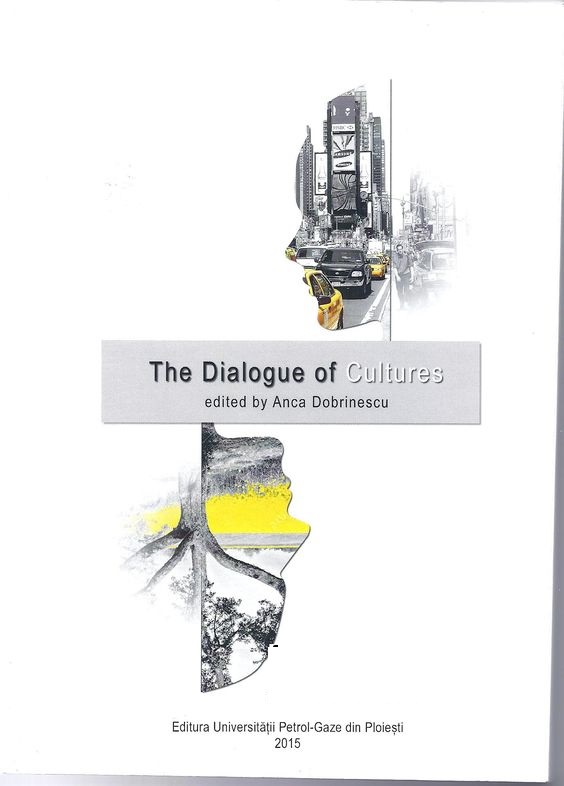The Rogue and the Hooligan: Two Cultural Patterns in Dialogue
The Rogue and the Hooligan: Two Cultural Patterns in Dialogue
Author(s): Adina Ciugureanu
Subject(s): Comparative Study of Literature, Romanian Literature, British Literature, American Literature
Published by: Universitatea Petrol-Gaze din Ploieşti
Keywords: rogue; hooligan; dialogism; literature of the exile;
Summary/Abstract: The present paper aims at discussing the two cultural types, the rogue and the hooligan, not only as representative of a certain historical time, but also, and especially, as figures defining a specific typology in mainstream and popular literature. The so-called “loveable” rogue, a low-class character who impresses the reader through his selfless quest for an ideal in the seventeenth-, eighteenth- and early nineteenth-century picaresque novel is resurrected in the twentieth century in Fitzgerald’s The Great Gatsby, Salinger’s The Catcher in the Rye, Iris Murdoch’s Under the Net, among others, while becoming an “anti-rogue”, I argue, in Lucky Jim and Hurry on Down. Meanwhile, the hooligan (from the Irish “hooley” or “hoolihan”), an unruly, anti-social young man, born in the late nineteenth-century England, becomes both the destructive person in popular sports and the alter-ego for the wondering Jew in fictional texts, such as Mihail Sebastian’s How I Became a Hooligan and Norman Manea’s The Hooligan’s Return. The talk is intended to find ways in which dialogism functions with the various types of rogue and hooligan and to discuss the hooligan type as a possible replacement for the rogue in recent exilic literature.
Book: The Dialogue of Cultures
- Page Range: 20-32
- Page Count: 13
- Publication Year: 2015
- Language: English
- Content File-PDF

